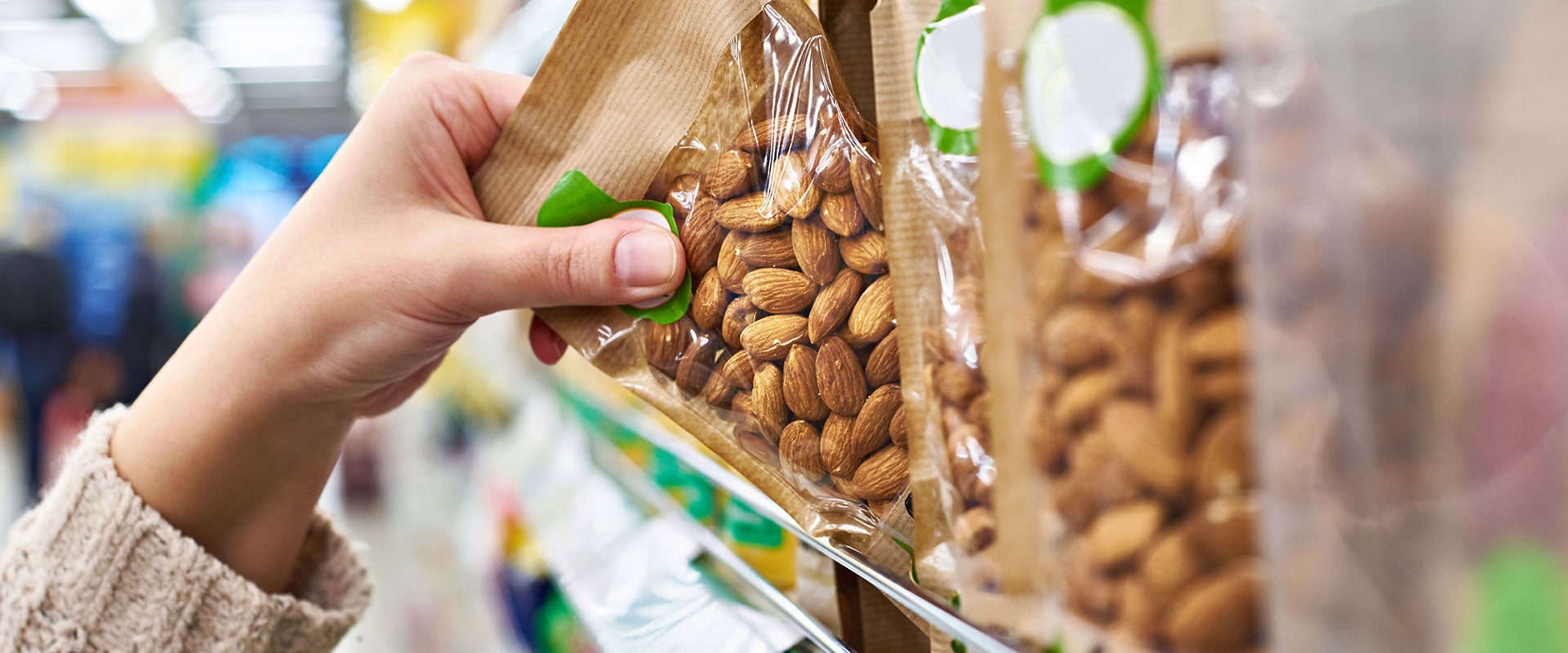
Top 10 Takeaways From The Future of Packaging 2022
- Article

On April 26, approximately 120 commercial leaders and financial sponsors in the packaging sector gathered in person at The Future of Packaging conference in Chicago, Illinois, for the first time since 2019 to discuss key opportunities for value creation in the packaging industry. The role of packaging in broader environmental, social and governance (ESG) platforms was a defining theme explored throughout the conference’s keynote and panels. Here are 10 other key takeaways that stood out.
Top U.S. brand owners are targeting packaging sustainability goals for the majority of their packaging, with the most common goal cited as recyclability (91% of brand owners), followed by use of recycled content (76% of brand owners).
While consumers are “trained” to think that recycling is a key metric driving sustainability, they are increasingly realizing how immature the U.S. recycling system is. In 2021, 30% of consumers were not confident that what they toss in the recycling bin is actually recycled, up from 14% in 2019.
Both recycling rates (currently just ~45% across substrates, and only 9% in plastics) and use of recycled content are very dependent on the current U.S. recycling system. While the system has the capability to handle more throughput, there is a significant shortage of inputs for recycled content compared to demand for post-consumer resin (PCR)/post-industrial recycled (PIR) material. In addition to sustainable substrate supply shortages more broadly, plastics recycling in particular is only geared toward polyethylene terephthalate (PET) and high-density polyethylene (HDPE), which account for just 30% of plastics production and do not include plastics such as polyvinyl chloride (PVC), low-density polyethylene (LDPE) and polypropylene (PP).
Brand owners often are influencing the quality of recycled content supply, given their role in designing the packaging of their products. Converters and other value chain participants should collaborate with brand owners to coach them on how to consider the impact of substrate decisions on the quality of recycled supply content (e.g., avoiding usage of substrates that cannot be recycled together and materials that could contaminate the recycling stream).
Significant investment is flowing into the recycling system (e.g., $350 million of the Infrastructure Investment and Jobs Act), but there are limiting factors around where that money is going. Capacity in recycling equipment manufacturing may be a limiting factor to future investment. Regulatory involvement (e.g., labeling rules and producer responsibility taxes, which 16 states are currently evaluating) is a potential solution.
The shortage of sustainable input materials is a major challenge for packaging converters and other players in the packaging value chain. Many brand owners in L.E.K.’s 2021 Packaging Study currently believe they have insufficient access to sustainable packaging supply. One way that packaging suppliers are working to secure surety of supply is through precompetitive arrangements or partnerships.
Another way that packaging suppliers are working to access sustainable substrates is through strategic acquisitions. M&A activity to vertically integrate upstream (e.g., to access cleaned rPET flake) or downstream (to have a greater role in packaging container collection) are some additional tactics packaging suppliers are considering.
Given these actions, the role of a traditional packaging converter is evolving to be a more holistic packaging material provider — these players are investing in new capabilities, equipment, material science/R&D and partnerships to expand their role in the value chain.
Sustainability metrics are being put forth not only by brand owners and packaging suppliers, but by investors in packaging as well. Impact funds launched by private equity firms increased by 120% from 2020 to 2021 alone. While ESG debt instruments are a small portion of financing today (~10% of funds), green bonds and KPI-based financing are likely to drive this evolving space in the future.
Further, a company’s ESG story is an increasingly important factor in valuation. “High growth and high ESG”* organizations in the S&P 500 are commanding a nearly 2x EBITDA multiple versus that of “high growth only” organizations.
*"High growth” and “high ESG” measured as the top 25th percentile of companies in revenue growth and in MSCI ESG scoring